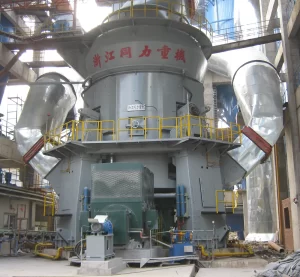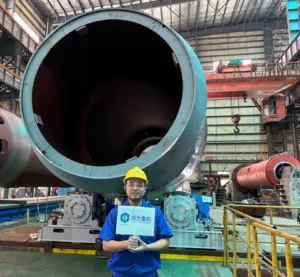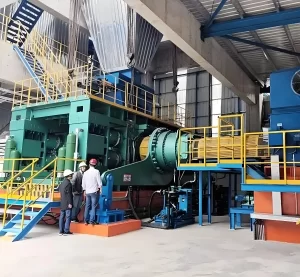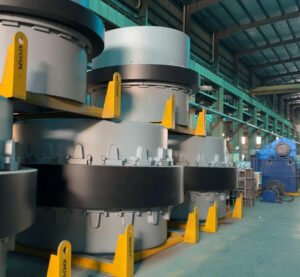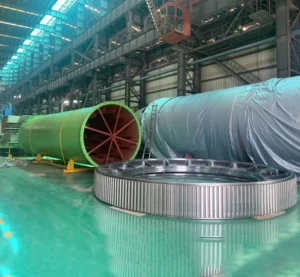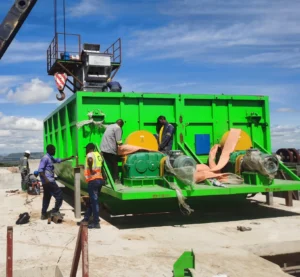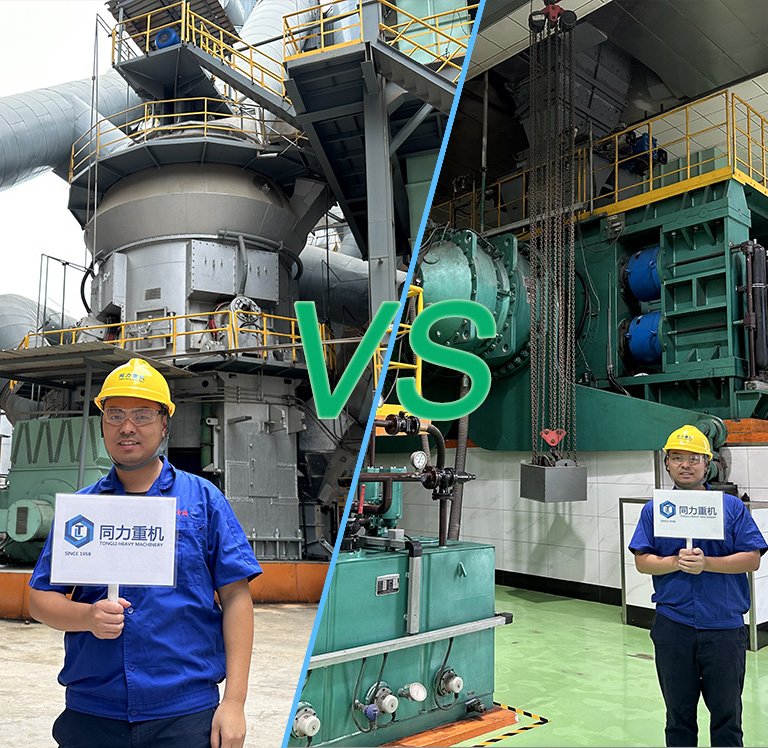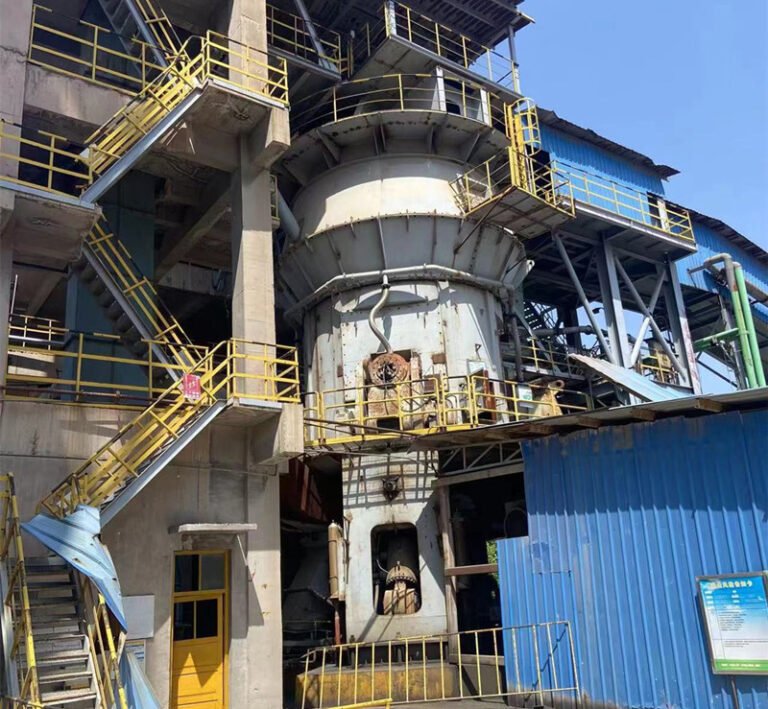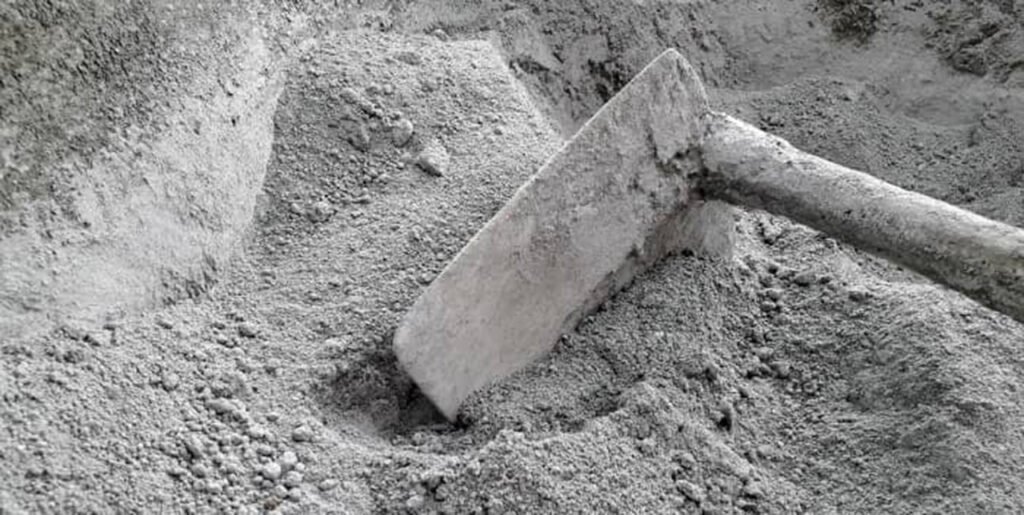
Low heat cement has become a key material to solve the problem of temperature cracks in large concrete volumes due to its characteristic of significantly reducing the rate and amount of heat released during hydration. Concrete is one of the main building materials in modern times. Concrete is usually made of cement, aggregates, water and construction chemicals. Cement has adhesive properties when it reacts with water. The reaction of cement with water is an exothermic reaction, so heat is generated during the reaction. For heavy structures, this heat is very large and will eventually affect the strength of the concrete. For heavy concrete structures or large volumes, low heat cement is usually used instead of ordinary Portland cement (OPC). Low heat Portland cement (LHPC) is a specially formulated cement that is formulated to minimize the heat generated during the hydration process. This unique property makes it particularly suitable for large concrete structures, where excessive heat can cause thermal cracking and reduce structural integrity. In this article, we briefly introduce the characteristics of low heat cement and its advantages and disadvantages, which site engineers must know.
What is low heat cement?
Low heat cement is a type of Portland cement. Codename P·LH. It is a specially formulated cement that produces a low heat of hydration during the construction and solidification process. It is a hydraulic cementing material made by mixing and grinding ordinary Portland cement clinker, an appropriate amount of gypsum and other admixtures. "Low heat" refers to low heat of hydration. The low heat and low hydration properties here mean that water and cement release less heat during the reaction. In standard Portland cement, this reaction releases relatively more heat, which causes thermal cracking, mainly in large concrete pours. The main formula of low heat cement is designed to release less heat, making it ideal for large concrete structures such as dams, bridges and foundations.
Low heat cement composition
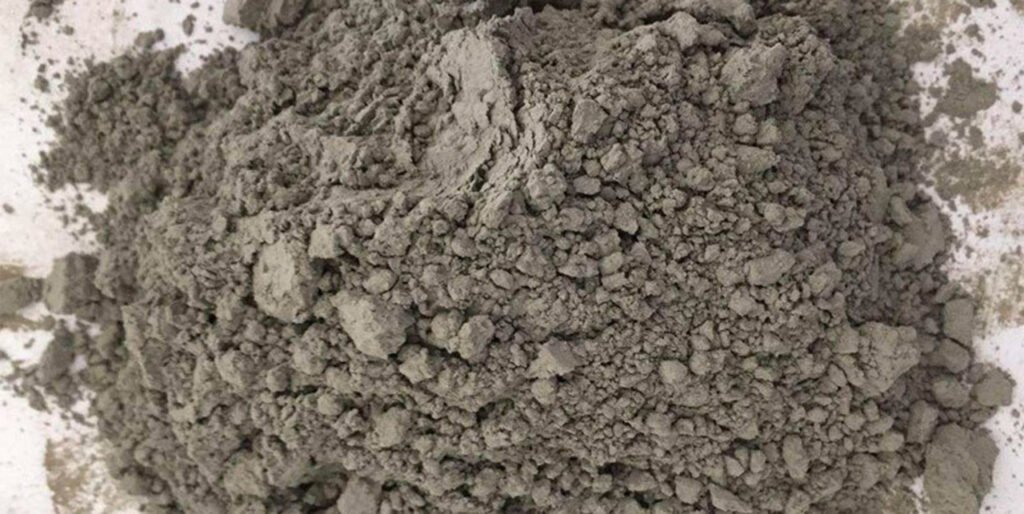
Low heat cement is manufactured to reduce the heat of hydration. Its main components are as follows, compared with ordinary Portland cement (OPC):
- Tricalcium silicate is about 20%~30% lower than OPC (40%~50%).
- Dicalcium silicate is about 40%~50% higher than OPC (20~30%).
- Tricalcium aluminate is limited to less than 5% compared to OPC (10%).
- Tetracalcium aluminoferrite is the same as OPC (8% to 12%).
These changes help lower the heat of hydration, which is typically 60 to 80 cal/g for low-heat cements and 90 to 100 cal/g for OPCs.
Reactions commonly involved in the hydration process include:
- C3S + H2O → CSH + Ca(OH)2 + heat
- C2S + H2O → CSH + Ca(OH)2 + heat
The reduction of tricalcium silicate and dicalcium aluminate helps to lower the heat of hydration. The heat of hydration of low heat cement is usually around 260 J/g. This is critical in large concrete pours where temperature differences can cause internal stresses to form cracks.
Core characteristics of low-heat cement
- Low hydration heat: significantly reduces the total heat released by cement per unit mass during the hydration process, and delays the time of the exothermic peak (usually after 7 days), greatly alleviating the temperature rise inside the concrete.
- Retarded setting: The early strength development is slower than that of ordinary Portland cement, and the later strength continues to grow steadily. The final strength can usually reach or even exceed that of ordinary cement.
- Excellent durability: Lower hydration heat means less temperature stress and reduces the generation of temperature cracks; at the same time, the optimized mineral composition or added admixtures often make it have better resistance to sulfate erosion and chloride ion penetration.
- High workability: It usually has good water retention and cohesiveness, which is conducive to the pumping and vibration compaction of large-volume concrete.
Low heat cement properties
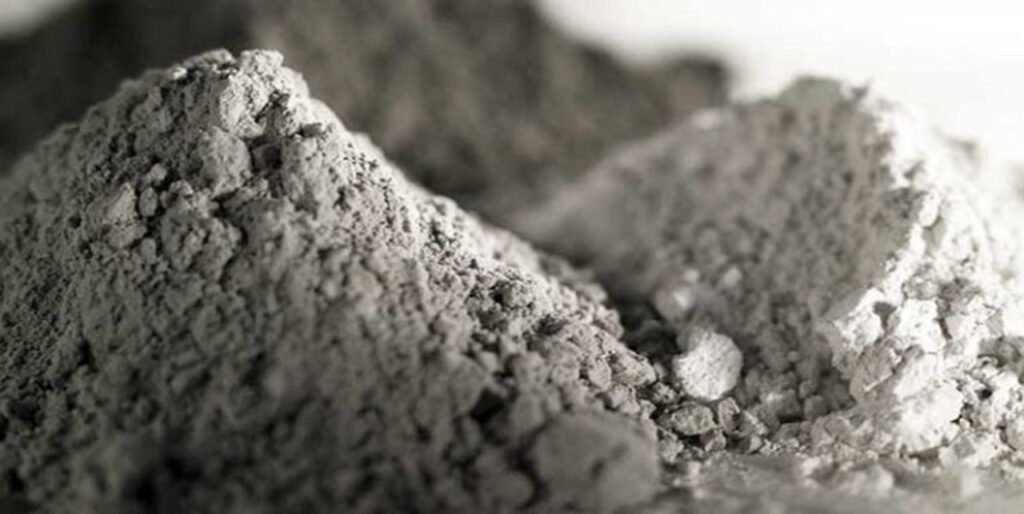
Clinker composition
Low heat Portland cement has dicalcium silicate as the main mineral, and its content is generally above 40%. The content of tricalcium aluminate is relatively low, not exceeding 6%, and the content of free calcium oxide is less than 1.0%.
Compressive strength
The early strength of low heat cement is low, but the strength increases rapidly in the later period. The minimum strength of low heat cement at 7 days is 13.0 MPa, and the minimum strength at 28 days is 42.5 MPa.
Setting time
The initial setting time of low heat cement is 60 minutes (shortest) and the final setting time is 10 hours (longest).
Heat of hydration
Low heat Portland cement releases a low heat of hydration and the release process is gradual.
Surface area
250 m2/kg
Strength grade
42.5
Strength Development of Low Heat Cement
Low heat cement develops strength more slowly than ordinary Portland cement. This means that while it takes longer for the initial strength of the concrete to develop, the final strength achieved is comparable to that of ordinary Portland cement. Typically, the 28-day compressive strength of low heat cement is between 30 and 50 MPa, depending on the specific mix design and curing conditions.
A suitable mix design may include a water-cement ratio of 0.35 to 0.45. Some auxiliary cementitious materials, such as slag or fly ash, help reduce the heat of hydration. Proper curing conditions, such as maintenance and temperature control of the mix, are essential to achieve optimal strength.
Physical properties
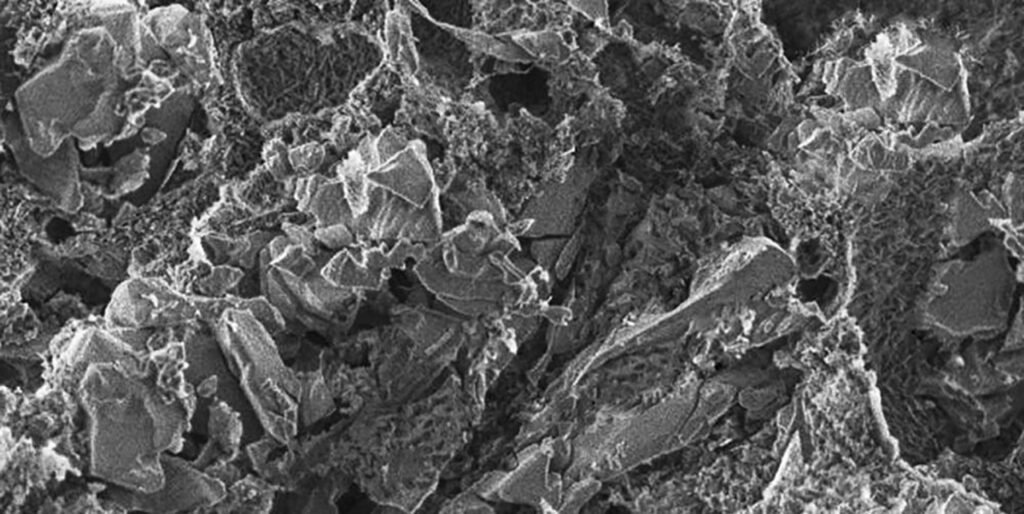
| Property | Requirement |
| Specific Surface Area | 320 m²/kg |
| Initial Setting Time | Minimum 60 minutes |
| Final Setting Time | 600–720 minutes (maximum 12 hours) |
| 7-Day Compressive Strength | Minimum 16 MPa |
| 28-Day Compressive Strength | Minimum 35 MPa |
| 7-Day Heat of Hydration | 272 kJ/kg |
| 28-Day Heat of Hydration | 314 kJ/kg |
Chemical properties
| Property | Requirement |
| Alumina to Iron Oxide Ratio | Not less than 0.66 |
| Insoluble Residue (by mass, %) | Not less than 4% |
| Magnesia Content | Not less than 6% |
| Total Sulfur Content | Not less than 2.5–3.0% |
| Loss on Ignition | Not less than 5% |
Uses of low heat cement
Large hydraulic structures
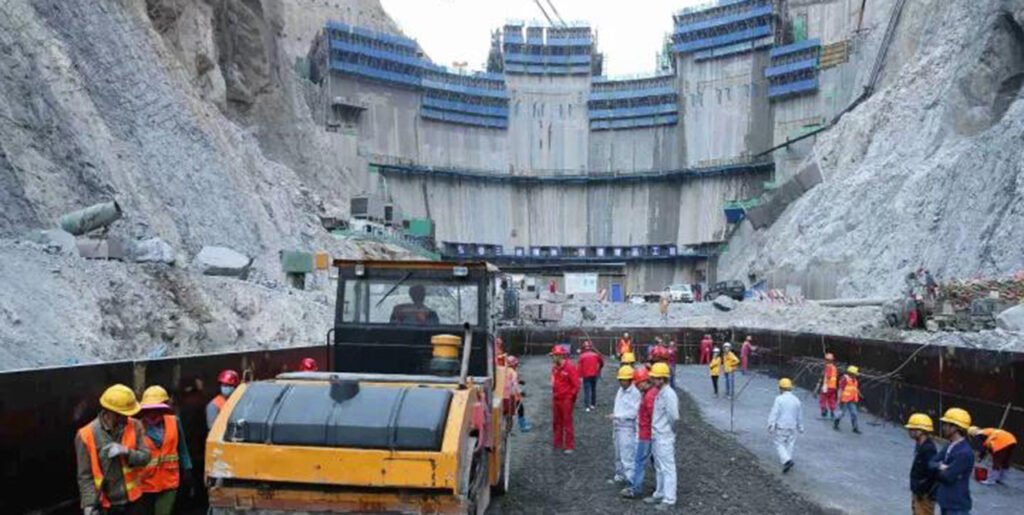
Gravity dam/arch dam/pier dam: The core dam concrete of giant projects such as the Three Gorges Dam, Xiluodu Dam, and Baihetan Hydropower Station. The dam body is very thick and difficult to dissipate heat. The use of low-heat cement is a fundamental measure to control the maximum temperature rise, reduce penetrating cracks, and ensure the integrity and impermeability of the structure.
Large foundation and base plate: Large foundation caps and thick base plates of structures such as hydropower station buildings, ship locks, and spillways.
Hydraulic tunnel lining: Thick-walled lining concrete that withstands high water pressure.
Large bridge projects
Deepwater foundation caps: Especially giant caps constructed using the cofferdam method, which are huge in size and have poor heat dissipation conditions.
Long-span bridge piers: Especially the solid section of a hollow thin-walled pier or a large solid pier.
Anchors: The giant gravity anchors or tunnel anchors of suspension bridges are huge in size and have extremely high requirements for crack control.
Super high-rise building foundation
Ultra-thick raft foundation: Modern super high-rise buildings often use giant raft foundations with a thickness of several meters or even more than ten meters. Low-heat cement can effectively reduce the core temperature of the foundation and reduce the risk of uneven settlement of the superstructure caused by temperature stress.
Nuclear power engineering containment and foundation
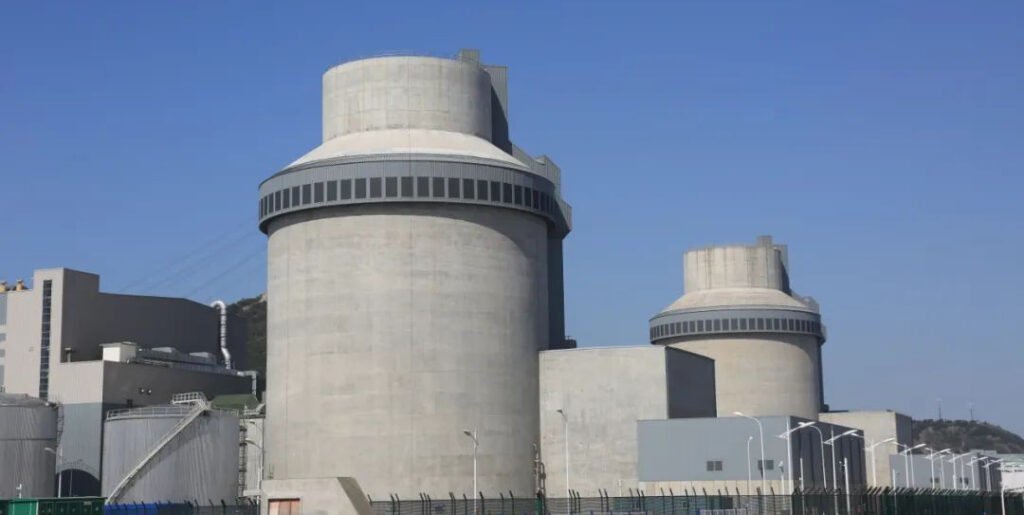
Nuclear island foundation slab, containment: There are extremely stringent requirements for the long-term safety, durability and crack control (especially through cracks) of concrete. Low-heat cement combined with other temperature control measures is the standard choice.
Other large-volume concrete structures
- Large equipment foundations (such as power plant turbine foundations)
- Giant caissons and dock breast walls in port projects
- Special underground structures with strict requirements for crack control (such as large reservoirs and tank foundations)
Advantages of low heat cement
- Because it produces relatively low heat of cement, which leads to low rate cracking due to shrinkage.
- In large-volume concrete structures such as dams and roads, high heat is generated due to hydration, so low heat cement is beneficial to balance the temperature.
- Improvement of durability.
- It has the characteristics of high final strength, resistance to sulfur corrosion, good durability, crack resistance, and anti-seepage.
- In the fields of hydraulic engineering concrete and marine concrete engineering, its improvement in workability and pouring ability is very impressive.
- In terms of concrete pipes, its sulfate resistance is excellent.
Disadvantages of Low Heat Cement
- It is lower than ordinary OPC in terms of initial strength, but the final strength is the same as OPC.
- In areas where the temperature is relatively low, it is not advisable to use low heat cement.
- It is more expensive than ordinary Portland cement.
- Due to the higher cost, it is not cost-effective to use in residential or small budget construction.
Low heat cement manufacturing process
Low heat cement is made on the basis of ordinary Portland cement by adjusting the mineral composition, grinding fineness, mixed materials, etc., and contains a small amount of tricalcium aluminate and a large amount of dicalcium silicate.
The low heat Portland cement manufacturing process can be divided into five stages:
Raw material crushing → Raw material grinding → Clinker calcination → Clinker grinding → Cement filler
At each stage, we need different production processes and various types of cement equipment.
Raw material crushing
In the raw material crushing process, cement crushers assist in crushing cement raw materials into smaller particles, and the crushed cement raw materials are stored in the pre-homogenization yard.
Raw material grinding
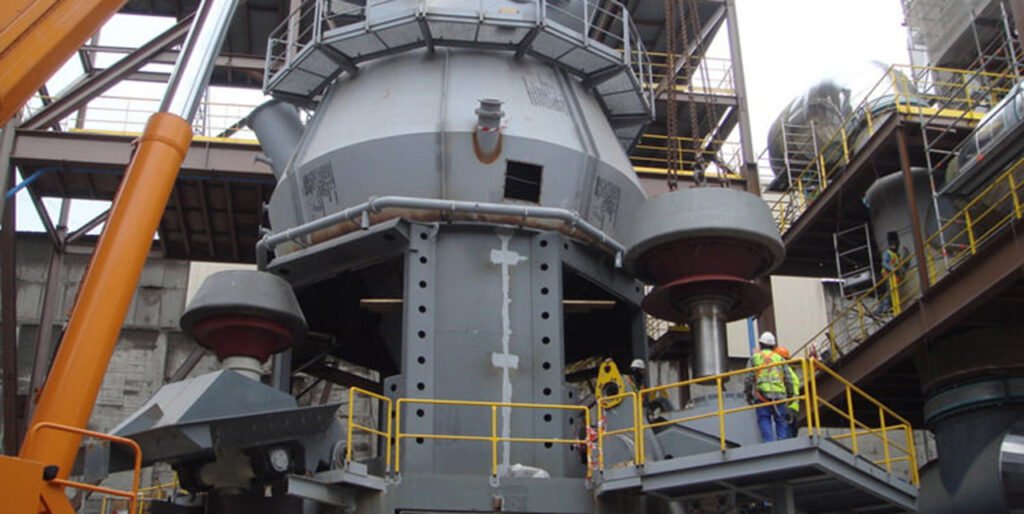
70% to 84% limestone, 10% to 20% clay, 5% to 10% sulfuric acid slag, and 1% to 5% iron tailings are mixed in proportion and sent to the raw material vertical roller mill for fine grinding. If you look for second hand used vertical roller mill click here.
Clinker calcination
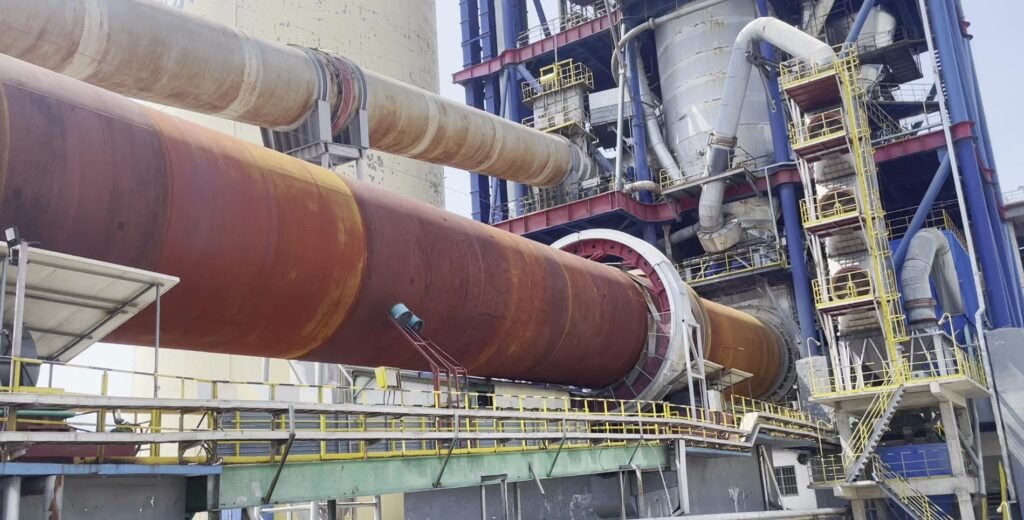
The cement raw material needs to be calcined at 1350℃ to 1400℃ in the cement kiln for 30 to 45 minutes, and then cooled in a cement cooler to obtain cement clinker. If the new dry cement production process is adopted, a preheater and a decomposition furnace should be set in front of the kiln.
Clinker grinding
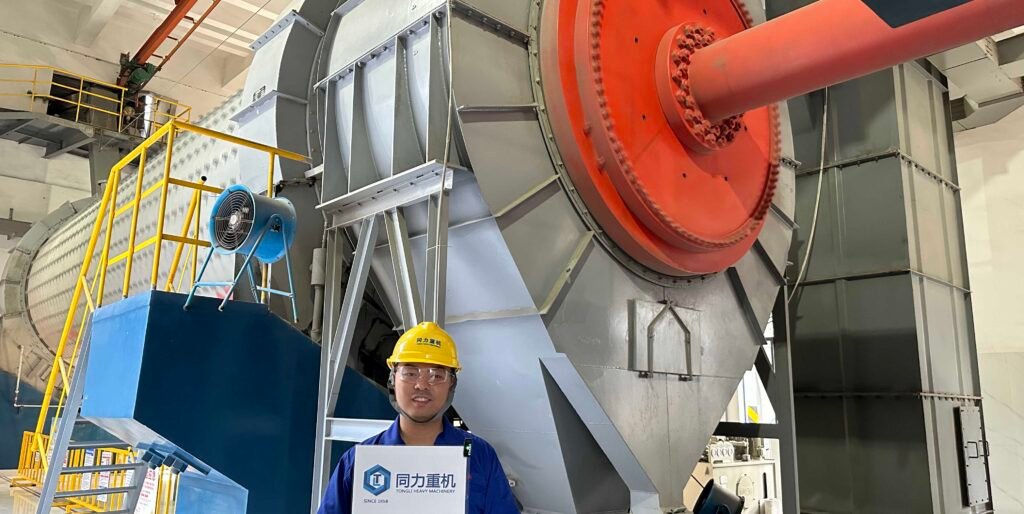
At this stage, the cement clinker is ground to standard fineness in the cement ball mill. During this process, it is allowed to add an appropriate amount of admixtures (less than 1%) without damaging the performance of the cement.
Cement Filler
Cement powder is usually stored in cement silos and then packed into bags by cement packaging machines.
Low heat cement vs. medium heat cement vs. low heat slag cement
Medium and low heat Portland cements include low heat cement, medium heat cement, and low heat slag cement (containing 20% to 60% blast furnace slag). All of them have the characteristics of low hydration heat and are suitable for building large structures.
Low heat cement
- Ingredients: Ordinary Portland cement clinker, appropriate amount of gypsum, mixed materials.
- Features: Low hydration heat, more than 30% lower than ordinary Portland cement of the same strength grade. Low-heat cement concrete has low early strength, but its later strength is much higher than medium-heat cement concrete, and its 90-day strength is more than 10MPa higher than ordinary Portland cement. It has excellent mechanical properties, crack resistance and durability, small drying shrinkage, and the thermal insulation temperature rise of low-heat cement is 5-10℃ lower than that of medium-heat cement and ordinary Portland cement.
- Application: Large-volume concrete engineering of hydraulic engineering, high-performance concrete engineering, and other key engineering construction.
- Strength grade: 42.5
Medium heat cement
- Ingredients: Ordinary Portland cement clinker, appropriate amount of gypsum, mixed materials. The C3S content in medium heat cement is not more than 55%, the C3A content is not more than 6%, and the free calcium oxide content is less than 1.0%.
- Features: The hydration heat of medium heat cement is more than 15% lower than that of ordinary Portland cement of the same strength grade. Since the thermal insulation temperature rise of medium heat cement concrete is low, shrinkage cracks that may occur in hardened concrete in the later stage of cooling can be avoided or reduced. It has excellent long-term strength and good chemical resistance.
- Use: Large-scale construction projects such as dams, bridges, nuclear power plants, and projects requiring wear resistance.
- Strength grade: 42.5
Low heat slag cement
- Ingredients: Ordinary Portland cement clinker, appropriate amount of gypsum, blast furnace slag (mass fraction 20% ~ 60%). The C3A content in low-heat slag cement is not more than 8%, free calcium oxide is not more than 1.2%, and magnesium oxide is less than 5%.
- Features: The hydration heat of low-heat slag cement is also low, which is mainly achieved by adding mixed materials. Low-heat slag cement has high early strength, excellent performance, low cost, and can make full use of industrial waste such as blast furnace slag.
- Application: Indoor and underwater construction of large structures.
- Strength grade: 32.5
FAQ
Low-heat cement is used in dam construction to help balance temperature rise. This is because this type of cement has a low heat of hydration.
For thin concrete structures, it may not be necessary to use low-heat cement because such structures are more likely to dissipate heat, thereby reducing the risk of thermal cracking. Ordinary cement or other suitable concrete mixtures can be used for thin concrete.
The large volume of concrete generates a lot of heat due to cement hydration and is not easy to dissipate, resulting in excessive temperature difference between the inside and outside, which causes temperature stress and is the main cause of cracking. Low-heat cement releases less heat per unit time and slowly, significantly reducing the peak temperature rise and the temperature difference between the inside and outside of the concrete, thereby effectively reducing cracks caused by temperature stress (especially early cracks).
To some extent, it can be used. This is a commonly used and effective method (called "double mixing" or "triple mixing" technology). A large amount of high-quality fly ash or mineral powder can significantly reduce the hydration temperature rise and adiabatic temperature rise of concrete, improve workability and later durability. However, pure low-heat cement still has its unique advantages in reducing the early hydration heat peak. The specific choice of which scheme needs to be determined according to engineering requirements, cost, material supply and technical demonstration. The combination of the two is more effective.
Due to its slow early strength development, sufficient moisture retention and thermal insulation maintenance is particularly important and requires longer time. It is necessary to prevent the surface moisture of concrete from evaporating too quickly and the temperature from dropping suddenly to avoid surface plastic shrinkage cracks and cracks caused by temperature gradients. The curing period is usually longer than that of ordinary cement.
Conclusion
Hot cement has become an essential material for large-scale construction. They have advantages in both technical and economic aspects. They can reduce thermal cracking, improve durability and workability. Its composition and characteristics are conducive to ensuring the integrity and service life of the building. By understanding the uses and advantages of low-heat cement, engineers and construction professionals can improve the performance and service life of buildings. Low-heat cement is a key solution developed in the field of modern civil engineering materials to meet the needs of temperature control and crack prevention of large-volume concrete. Its application in major projects such as large dams, bridge foundations, super high-rise building slabs, nuclear power facilities, etc. has successfully cracked the technical bottleneck of temperature cracks. Although its early strength development is relatively slow and the cost may be slightly higher, the comprehensive benefits it brings (reducing cracks, reducing temperature control costs, and extending life) make it have an irreplaceable core position in large-volume concrete projects.

